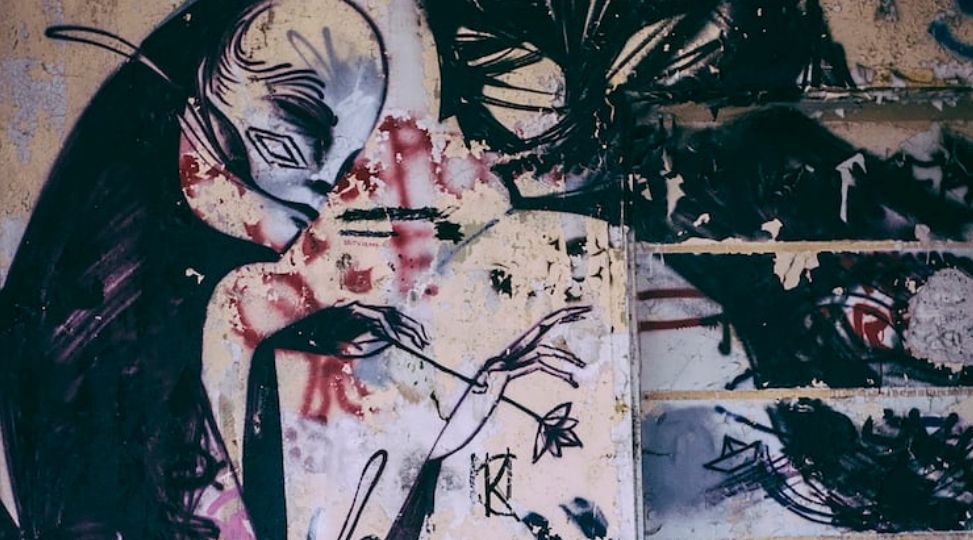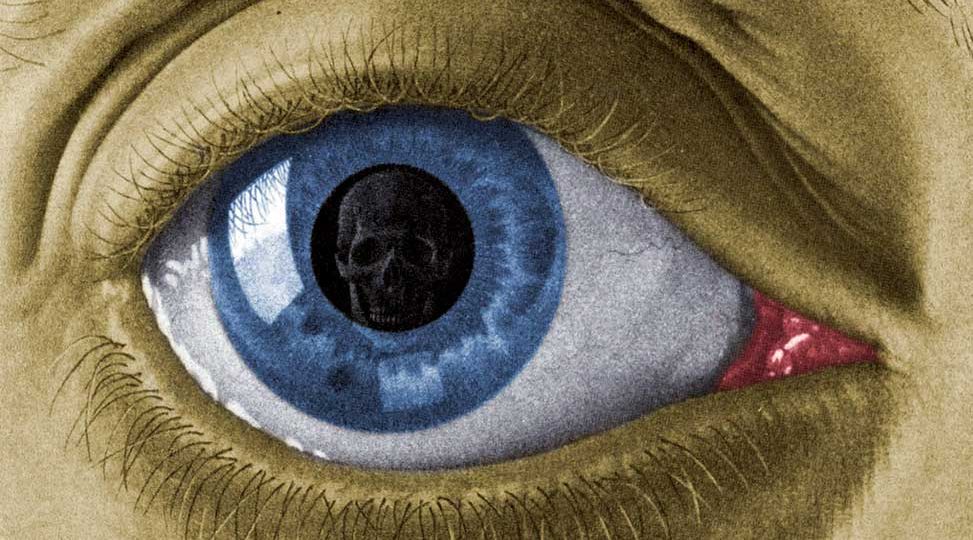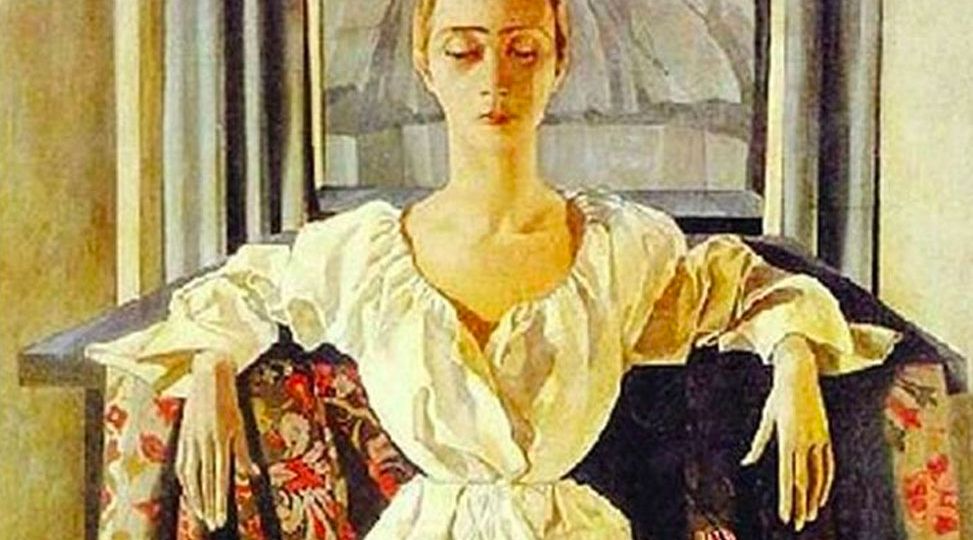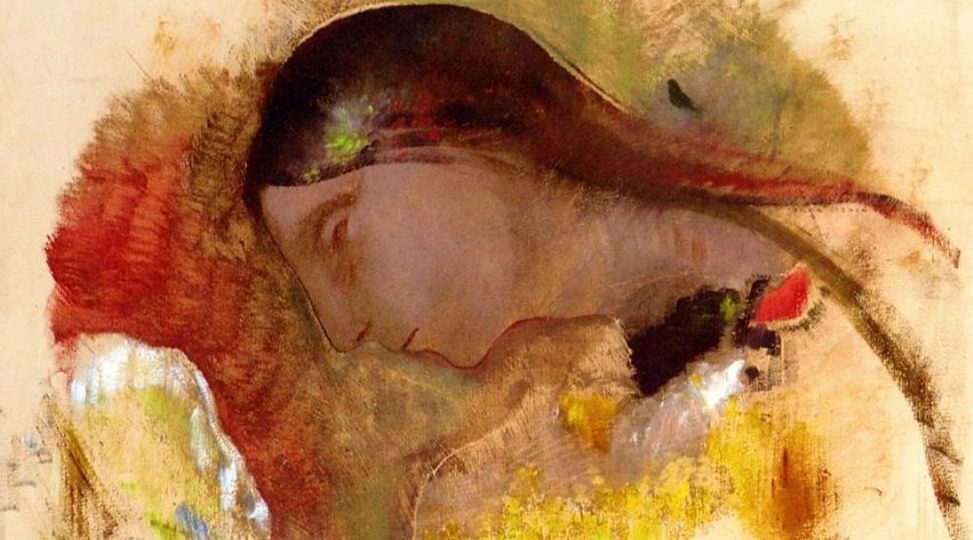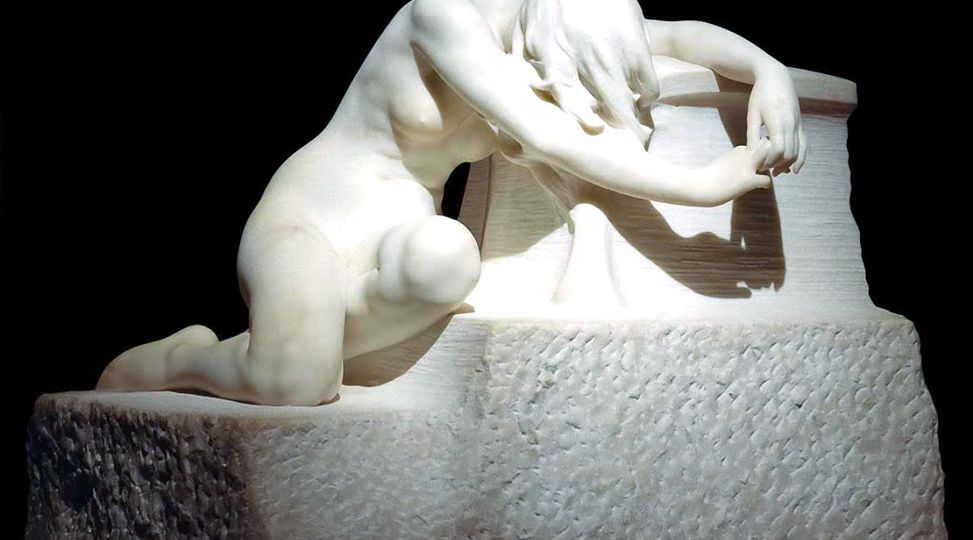My mother is a ghost now. She died the last day of 2016. She was the person nearest and dearest to me for much of my life, yet it seemed we never quite understood and accepted each other unconditionally. She haunts me as an unfulfilled spirit when I have anxious thoughts, or fearful premonitions, or self-admonition, but also in old sayings, endearing quirks, and the names of flowers and trees. And she inhabits my dreams, mostly as an unhappy child.
Puella Aeterna
The beauty, of course, comes with surrender. When we surrender to the gifts of the inferior function, allowing it to walk beside us hand in hand rather than dragging it behind us like some burdensome weight, consciousness shifts, a new view opens before us, and the world becomes a different place because we have allowed ourselves to become different in its presence.
Anorexia nervosa can be understood as an archetypal death-rebirth process. A typological analysis shows a psychological syndrome based in archetypal possession resulting from the dynamic configuration of INTJ preferences. The individual with anorexia undertakes her own heroic psychospiritual journey through the underworld to transform personal and collective consciousness.
“Interpretations” of dreams must be filtered through a layer of consciousness. One contribution of dream tending as an effective tool for Jungian dream work is the value it places on the sensing function as an imaginal way of knowing. Thus, it de-emphasizes the intuitive and thinking functions many Jungians use in traditional dream analysis and brings sensing and feeling to the fore.
Kowalsky’s self-sacrifice can be seen as the Animus acting as “the door through which all the figures of the unconscious come into consciousness.” His extraverted feeling is giving Stone a much-needed lesson: She must stop holding on to a situation that is no longer life-giving. It is time to let go of her debilitating prison of pain—and of her former self—so she can move forward.


